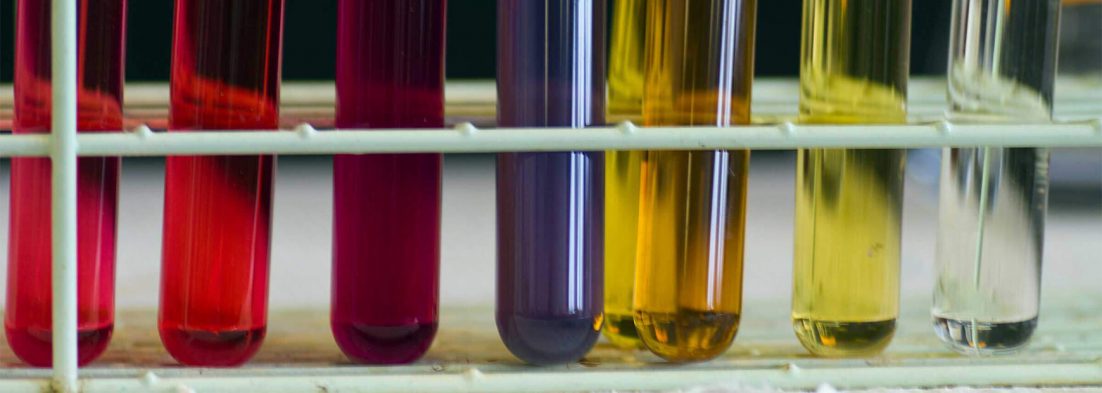Welcome to Matrix Education
To ensure we are showing you the most relevant content, please select your location below.
Select a year to see courses
Learn online or on-campus during the term or school holidays
Learn online or on-campus during the term or school holidays
Learn online or on-campus during the term or school holidays
Learn online or on-campus during the term or school holidays
Learn online or on-campus during the term or school holidays
Learn online or on-campus during the term or school holidays
Learn online or on-campus during the term or school holidays
Learn online or on-campus during the term or school holidays
Learn online or on-campus during the term or school holidays
Learn online or on-campus during the term or school holidays
Select a year to see available courses
Science guides to help you get ahead
Science guides to help you get ahead
A helpful list of essential chemical reactions that a Year 12 student should know.

Join 75,893 students who already have a head start.
"*" indicates required fields
Related courses

Join 8000+ students each term who already have a head start on their school academic journey.
Hydrocarbon + Oxygen → Carbon Dioxide Gas + Liquid Water
E.g. 2C8H18(l) + 25O2(g) → 16CO2(g) + 18H2O(l)
Metal + Acid → Salt + Hydrogen gas
E.g. Zn(s) + 2HCl(aq) → ZnCl2(aq) + H2(g)
Carbonate + Acid → Salt + Carbon Dioxide Gas + Liquid Water
E.g. Na2CO3(aq) + 2HCl(aq) → 2NaCl(aq) + CO2(g) + H2O(l)
Metal → Metal Ion + Electron/s
E.g. Cu(s) → Cu2+(aq) + 2e–
Get ahead in HSC Chemistry
Expert teachers, comprehensive resources, 24/7 help with Ask Max! Learn from home with Matrix+ online.
Metal Ion + Electron/s → Metal
E.g. Ag+(aq) + e– → Ag(s)
This reaction involves the transfer of electron/s from one reactant to another. This thus results in both a reduction and oxidation reaction occurring. To obtain the redox reaction, you can either write the net ionic equation for a displacement reaction (option 1) or add reduction and oxidation reactions together (option 2).
E.g. OPTION 1:
Cu(s) + 2AgNO3(aq) → Cu(NO3)2(aq) + 2Ag(s)
Cu(s) + 2Ag+(aq) + 2NO3– → Cu2+(aq) + 2NO3– + 2Ag(s)
Cu(s) + 2Ag+(aq) + 2NO3– → Cu2+(aq) + 2NO3– + 2Ag(s)
Cu(s) + 2Ag+(aq) → Cu2+(aq) + 2Ag(s)
E.g. OPTION 2
NOTE: BOTH THE CONSERVATION OF MASS AND CHARGE MUST BE SHOWN IN YOUR EQUATION!
Cu(s) → Cu2+(aq) + 2e–
+
2Ag+(aq) + 2e– → 2Ag(s)
__________________
Cu(s) + 2Ag+(aq) + 2e– → Cu2+(aq) + 2e– + 2Ag(s)
Cu(s) + 2Ag+(aq) → Cu2+(aq) + 2Ag(s)
Calcium hydroxide + Gaseous carbon dioxide → Solid calcium carbonate + liquid water
I.e. Ca(OH)2(aq) + CO2(g) → CaCO3(s) + H2O(l)
Alkene + Hydrogen → Alkane
E.g. C2H4(g) + H2(g) → C2H6(g) Catalyst is Pt(s)
Alkene + Bromine → Vicinal dibromide
E.g. C2H4(g) + Br2(g) → CH2BrCH2Br(g)
Alkene + Chlorine → Vicinal dichloride
E.g. C2H4(g) + H2(g) → CH2ClCH2Cl(g)
Alkene + HX → Alkyl halide
E.g. C2H4(g) + HBr(g) → CH3CH2Br(g)
Alkene + Bromine → Organobromine compound + Hydrogen bromide
E.g. C2H6(g) +Br2(l) → C2H5Br(l) +HBr(g)
NOTE: This reaction requires the presence of UV light.
Alkene + Water → Alkanol
E.g. C2H4(g) + H2O(g) → CH3CH2OH(g) Catalyst is dilute H2SO4
Alkanol → Alkene + Water
E.g. CH3CH2OH(g) → C2H4(g) + H2O(g) Catalyst is concentrate H2SO4
Aqueous Glucose → Ethanol + Carbon Dioxide Gas
I.e. C6H12O6(aq) → 2CH3CH2OH(aq) + 2CO2(g) Catalyst is zymase (found in yeast)
Parent nucleus → Daughter nucleus + Alpha particle
E.g. 238U → 234Th + 4He
Parent nucleus → Daughter nucleus + Beta particle
E.g. 14C → 14N + e–
Acid + Base → Salt + Liquid Water
E.g. HCl(aq) + NaOH(aq) → NaCl(aq) + H2O(l)
Aqueous carbon dioxide + Liquid water ↔ Carbonic Acid
I.e. CO2(aq) + H2O(l) ⇌ H2CO3(aq)
Sulfur + Gaseous oxygen → Sulfur Dioxide
I.e. S(s) + O2(g) → SO2(g)
Gaseous sulfur dioxide + Liquid water → Sulfurous acid
I.e. SO2(g) + H2O(l) ⇌ H2SO3(aq)
Gaseous sulfur dioxide + Gaseous oxygen → Sulfur trioxide
I.e. 2SO2(g) + O2(g) → 2SO3(g)
Gaseous sulfuric acid + Liquid Water → Sulfuric acid
I.e. SO3(g) + H2O(l) → H2SO4(aq)
Gaseous oxygen + Gaseous nitrogen → Gaseous nitrogen monoxide
I.e. O2(g) + N2(g) → 2NO(g)
Gaseous nitrogen monoxide + Gaseous oxygen → Gaseous nitrogen dioxide
I.e. 2NO(g) + O2(g) → 2NO2(g)
Gaseous nitrogen dioxide + Liquid water → Nitric acid + Gaseous nitrogen monoxide
I.e. 3NO2(g) + H2O(l) → 2HNO3(aq) + NO(g)
Acid + Liquid Water → Hydronium Ion + Anion
E.g. HCl(aq) + H2O(l) → H3O+(aq) + Cl‑(aq)
E.g. H2SO4(aq) + H2O(l) → H3O+(aq) + HSO4–(aq)
Ethanoic acid reacts with ethanol in the presence of concentrated sulphuric acid as a catalyst to produce the ester, ethyl ethanoate. The reaction is slow and reversible. To reduce the chances of the reverse reaction happening, the ester is distilled off as soon as it is formed.
Alkanoic acid + Alcohol ⇌ Alkyl alkanoate + Water (Catalyst: Concentrated sulfuric acid)
E.g. CH3COOH(aq) + CH3CH2OH(aq) ⇌ CH3COOCH2CH3(aq) + H2O(l)
1. Gaseous oxygen + High energy UV → Oxygen free radical
I.e. O2(g) + UV → 2O•(g)
2. Gaseous oxygen + Oxygen free radical → Gaseous ozone
I.e. O2(g) + O•(g) → O3(g)
1. Photodissociation of CFC
E.g. CF2Cl2(g) + UV → CF2Cl + Cl•
2. Destruction of Ozone
I.e. O3(g) + Cl•(g) → ClO•(g) + O2(g)
3. Regeneration of Chlorine
I.e. ClO•(g)+ O•(g) → Cl•(g) + O2(g)
Written by Matrix Science Team
The Matrix Science Team are teachers and tutors with a passion for Science, across Biology, Chemistry and Physics, and a dedication to seeing Matrix Students achieving their academic goals.© Matrix Education and www.matrix.edu.au, 2025. Unauthorised use and/or duplication of this material without express and written permission from this site’s author and/or owner is strictly prohibited. Excerpts and links may be used, provided that full and clear credit is given to Matrix Education and www.matrix.edu.au with appropriate and specific direction to the original content.